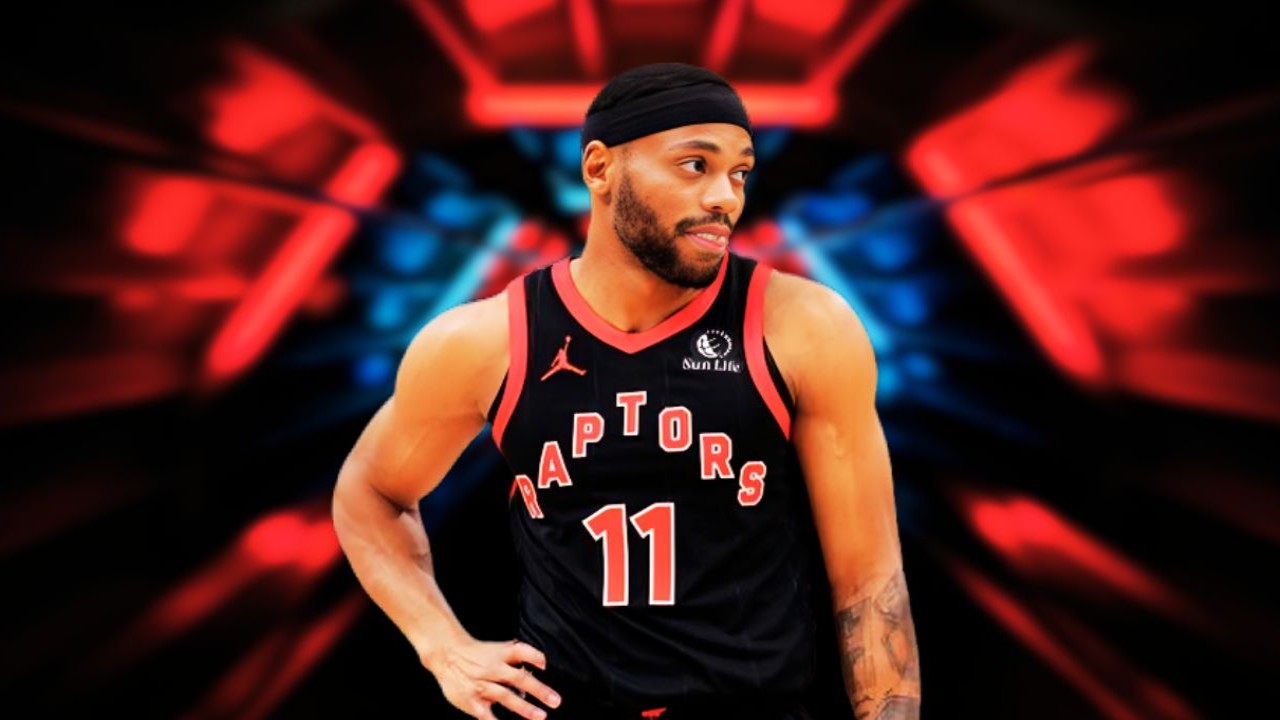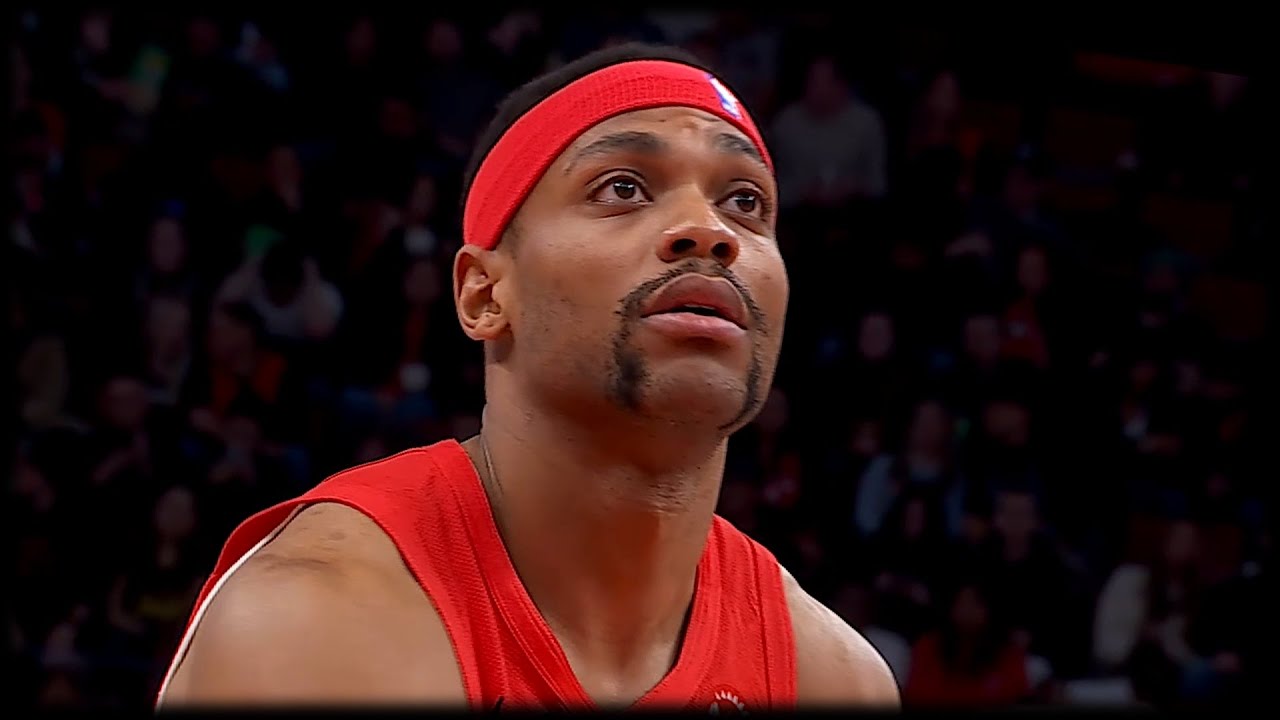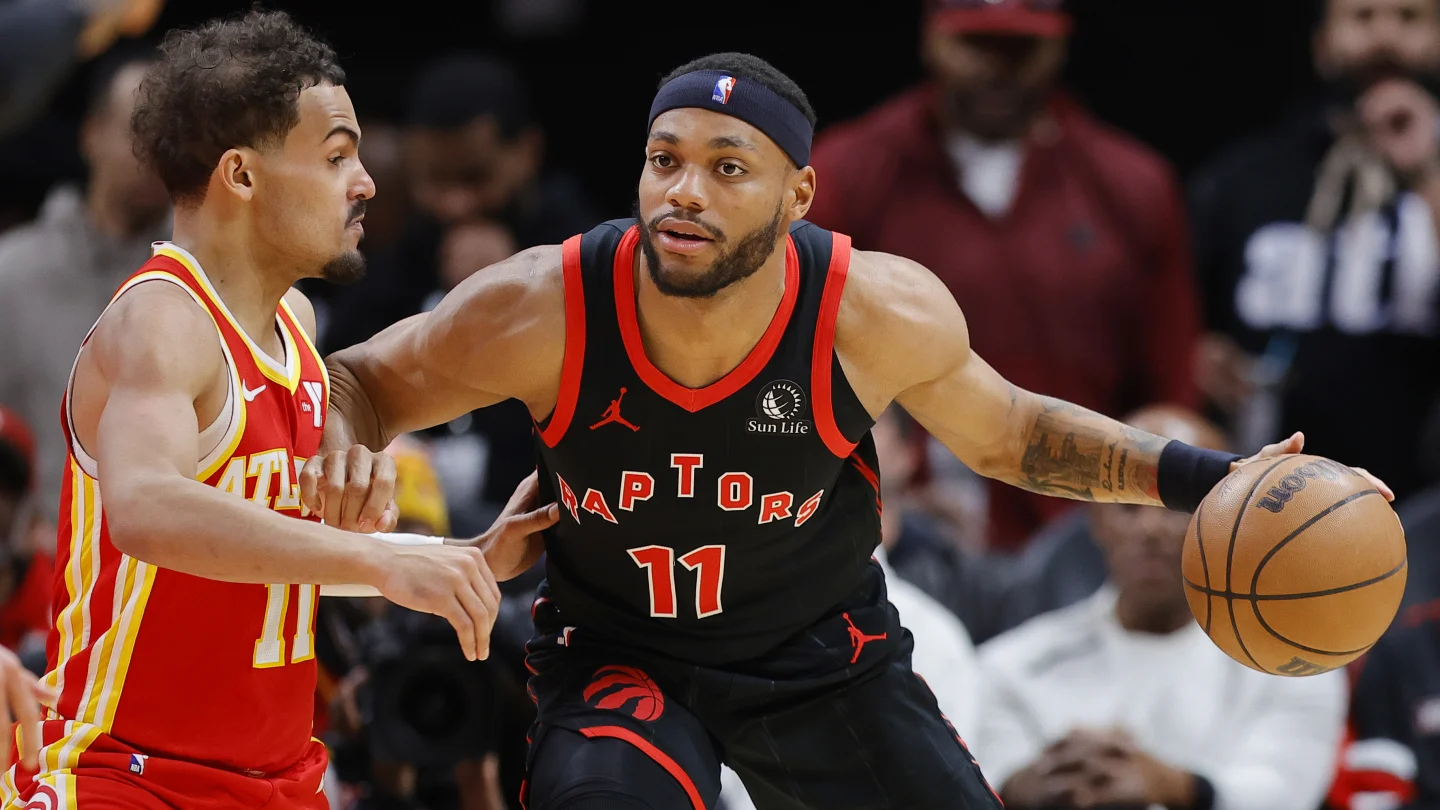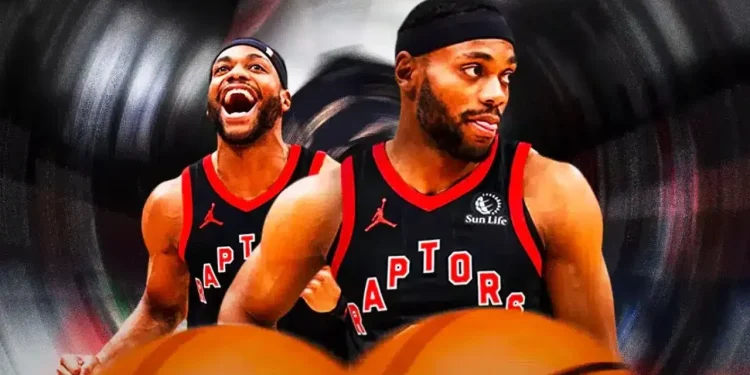As the NBA gears up for a bustling offseason, the Toronto Raptors find themselves at a crossroads with forward Bruce Brown. The team’s strategic decisions in the coming months will shape not only their roster but also their financial flexibility and competitive edge in the Eastern Conference.

The Raptors’ Decision on Bruce Brown’s Contract
The Raptors are reportedly leaning towards picking up Bruce Brown’s team option for the upcoming season, a move that will have significant implications for their salary cap situation.
According to Hoops Hype and corroborated by Doug Smith of the Toronto Star, Toronto is expected to retain Bruce Brown at least through the draft, with plans potentially to trade him.

This decision underscores a strategic choice to prioritize continuity and potential asset accumulation over cap space.
Bruce Brown, who will earn $23 million next season if the option is exercised, has become a pivotal figure in the Raptors’ roster dynamics. Since being acquired from Indiana in exchange for Pascal Siakam, Brown has contributed meaningfully in his 34-game tenure with Toronto, averaging 9.6 points and 3.8 rebounds, and shooting 48.1% from the field.
Analyzing Toronto’s Cap Space Strategy
Picking up Bruce Brown’s option signifies that the Raptors are unlikely to pursue significant cap space this summer. This would mean maintaining core players like Gary Trent Jr. and re-signing Immanuel Quickley, while using the mid-level exception to bolster the squad.
The alternative—declining Brown’s option and renouncing rights to other players—would free up nearly $30 million, a rare and valuable opportunity for a franchise historically less successful in attracting top free agents.

Despite the potential for considerable cap space, the Raptors have historically found more success through trades and internal development rather than blockbuster free agency signings. This pragmatic approach might be what guides them in their decision with Bruce Brown, especially considering the complexities of his market value and trade potential.
Trade Possibilities and Market Dynamics
At the trade deadline earlier this year, Toronto explored moving Bruce Brown but found no takers willing to part with a first-round pick. His substantial contract poses a challenge in finding suitable trade partners.
However, as the draft approaches and team needs become clearer, there might be a bigger market willing to offer more substantial returns for the 27-year-old guard. This could provide the Raptors with an opportunity to improve their roster composition and financial flexibility.
A Strategic Summer for Toronto Raptors
The decision on Bruce Brown’s future is more than just a contractual formality; it is a strategic move that will impact the Raptors’ approach to building a competitive team.
As the deadline to exercise Bruce Brown’s option approaches, Toronto’s front office will weigh their priorities, balancing the potential benefits of financial flexibility against the immediate contributions Brown can offer.
In a league where financial acumen is as crucial as talent scouting, the Raptors’ management faces a summer of significant decisions that will shape the team’s future in the years to come. The Raptors’ offseason moves, starting with the decision on Brown, will be a testament to their strategic vision and their commitment to competing at the highest levels of the NBA.









